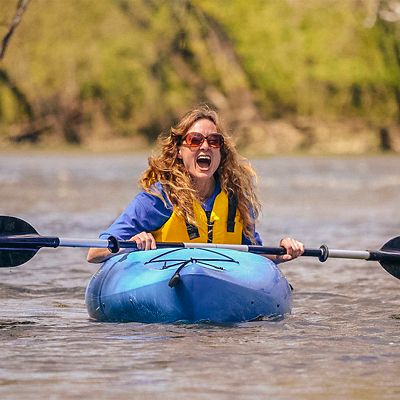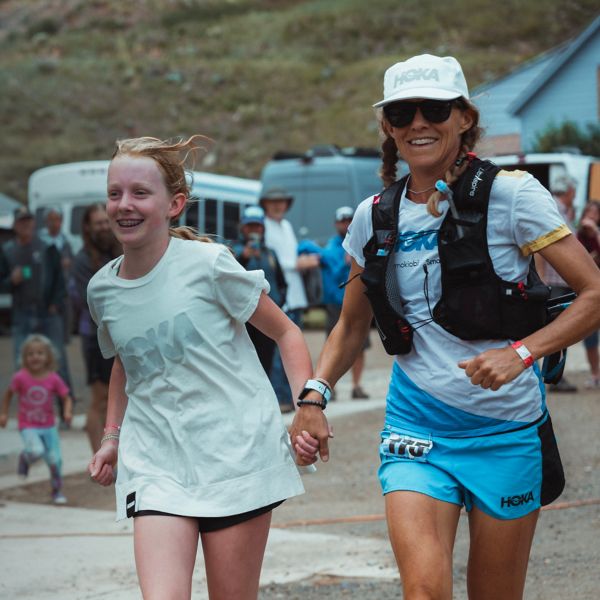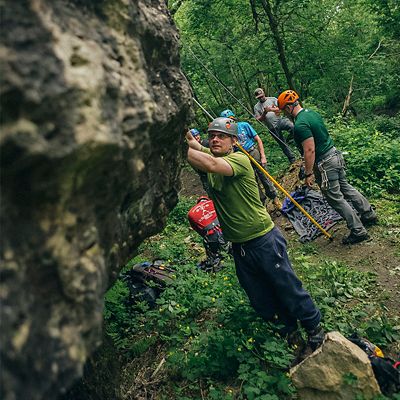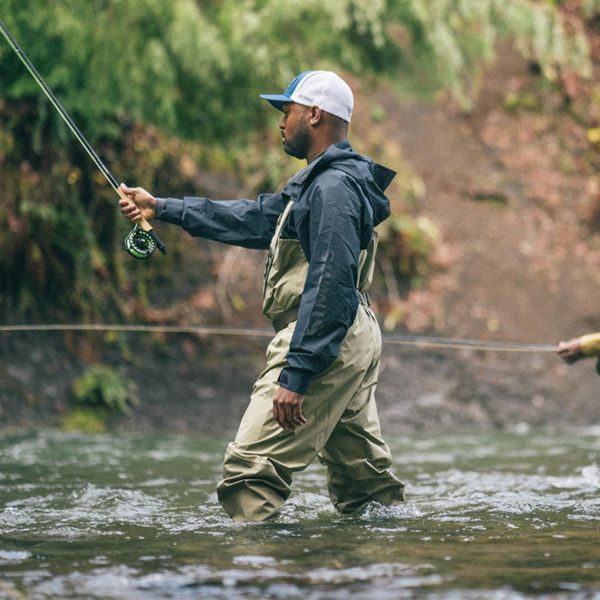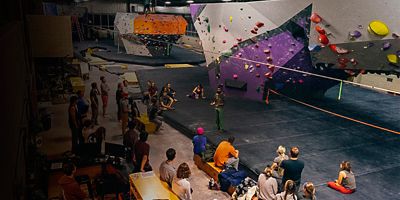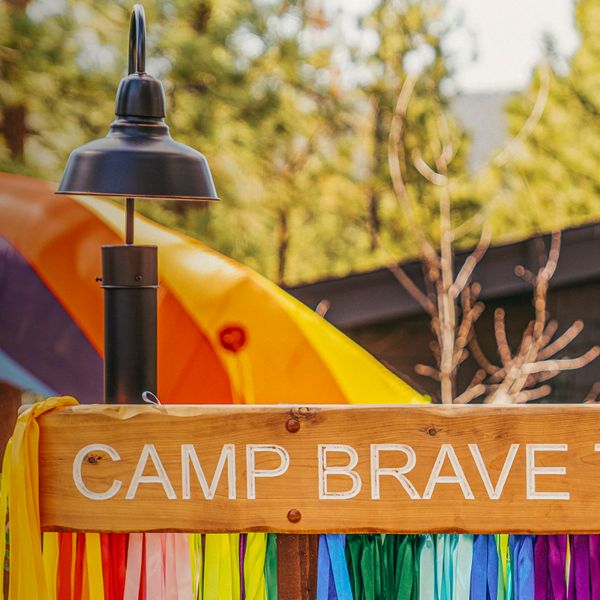With all the talk about climate change, sustainability practices, and saving the environment, all these concerns are connected to one main impulse: to protect our planet for future generations. That’s right, our kids. And as important as any current step is the work of instilling an ethos of conservation in our children. We need them to improve on our efforts and help ensure this beautiful planet of ours remains intact for their kids.
Where to start? Get those kids outside more often. One way to motivate them: Appeal to their environmental side. Being green is an effective way to disguise the push into the great outdoors.
“Children are able to learn new habits far better than adults—they’re the ideal audience for learning how to live in a more environmentally sensitive way,” says child expert Virginia Bentz, author of Quick Guide to Good Kids. “And since today’s kids will one day have to face what previous generations have done to our Earth, they should learn alongside grownups how to reverse or minimize some of the damage.”
While Bentz notes the countless ways to help children contribute to a greener planet, she stresses that the changes must include an overall lifestyle modification that simply gets kids off the couch. “Parents must find ways to pull the plug on the TV and computer and encourage outdoor activities along with proactive approaches to conservation,” she says. This dual task—fighting screen time and impressing conservation ethics—is easier said than done. Sticking to Bentz’s following pointers can help you begin unplugging and appreciating nature.
Model and reward responsibility
Make everyday conservation a normal part of family life by practicing what you preach. Turn out all lights and televisions or devices when you leave a room. Close the outside door each time you enter or leave the house. Turn off faucets while you brush your teeth and take quick showers. “When kids see the whole family taking these steps, they’ll grow up showing care and responsibility for their planet,” says Bentz. “Kids learn what they live. But if they need a little boost to get started, you can reinforce these lessons with a star chart. For every day your kids conserve water and power, they each get gold stars. At the end of each week, you can reward them with a small prize to further instill green habits into their daily lives.”
Find your family’s footprint
A carbon footprint is the level of impact each person leaves on the environment in terms of the amount of greenhouse gasses he or she creates. While kids don’t directly affect the environment as much as adults do, it’s never too early to teach them about reducing their footprints. Use an online carbon-footprint calculator (like Conservation International’s) to determine how much you collectively impact the planet. “Kids can grasp concepts easier when they have hard numbers in front of them,” she says.
Green your bookshelf
Invest in a field guide to trees, plants, birds and animals in your region, so you can pull it out and learn about your children’s collections along the trail. As well as providing information through pictures and brief blurbs, field guides are also perfect for kids’ limited attention spans.
Bring green to school
It costs more, but stock your children’s school bags with supplies made of post-consumer recycled materials. Recycled paper and pencils are easy to find in any school supplies store, and retailers are starting to offer bags and totes made of 100 percent organic cotton. Your kids will love a little new style, and that it’s great for the environment.



